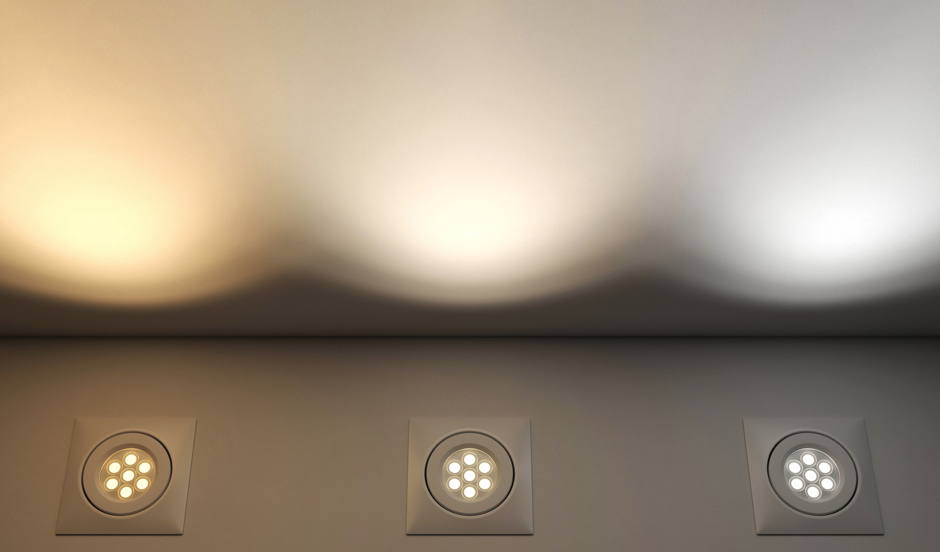
Furniture, drapery, lighting, then paint – decorating in the correct order.
Posted on July 5, 2021
Lots of homeowners get things backward – they fall in love with a paint color and work their entire room around that. But this is the more challenging path – it’s much easier to choose furnishings and fabrics you like first and THEN match them to the paint color. Because paint colors can be easily matched to your fabrics, selecting the paint after choosing your upholstery and fabrics and have your lighting in place is so much easier.
Here’s the proper order to follow to decorate a room:
- Choose large-scale furniture first, secondary seating, then drapery, accessories, and lighting. Once all these things have been chosen, find paint colors for your walls and trim that work well.
 Choosing a fabric BEFORE you choose your paint color is “the right order.” Paint can easily be matched to fabric, but matching fabric to paint color is much more difficult.
Choosing a fabric BEFORE you choose your paint color is “the right order.” Paint can easily be matched to fabric, but matching fabric to paint color is much more difficult.We can match paint colors to the exact color you love. If you cannot find a pre-mixed paint color, you can always have a color in your fabric or rug exact-matched at the paint store or by your painter.
- Choose lighting before your wall color because the lighting will significantly affect the color you choose. Make sure you’re not just choosing the lamps but actually screwing in lightbulbs because the lighting will affect how the paint color looks and might steer you to warmer, cooler, bolder, or lighter colors once you turn on the lighting.
- Lightbulbs can be difficult to purchase without trying them first. We recommend you buy a few different Kelvin warmth levels to find one with the lighting ambiance you want. There are various warmth and coolness options, so trying many different bulbs, usually reveals a clear “winner.” We recommend choosing a few bulbs from an online bulb vendor (even Amazon!), selecting a few bulbs in different lumens and Kelvin “temperatures” (from warmer to cooler), and returning the bulbs that don’t make the cut.
- What’s a lumen? Lumens refer to the amount of light that a bulb radiates – in other words, a lightbulb’s brightness. We recommend 20 lumens per square foot in most rooms, while darker rooms can handle up to 30 lumens per square foot. Remember, the total number of lumens can be disseminated across a few different bulbs and lamps across the room – one lightbulb doesn’t have to handle the entire number of lumens for a room.
- What’s the Kelvin Scale? Understanding lightbulb warmth or coolness using the Kelvin (K) Scale:
 These lights have various Kelvin values, from warm to neutral to cooler. Choosing your lighting first will help you determine a paint color for your walls and trim more easily later.
These lights have various Kelvin values, from warm to neutral to cooler. Choosing your lighting first will help you determine a paint color for your walls and trim more easily later.Candlelight bulbs offer a warm, dim light similar to a candle. They generally add a soft glow and “ambiance” to a room and not great for task lighting or large-scale lighting needs. The bulb’s different Kelvin “strengths” range from 1000-2600K, so try a few out before you decide.
- Warm White bulbs (2,600K – 3,000K) are the conventional color of an incandescent bulb and are ideal for main living spaces and bedrooms and used mainly for wall and ceiling lights. Again, the bulb’s brightness varies, so try a few to find an appearance pleasing to the room you’re creating.
- What’s the Kelvin Scale? Understanding lightbulb warmth or coolness using the Kelvin (K) Scale:
- Neutral White lightbulbs (3,000K – 5,000K) are cool white-colored bulbs that produce a bright light. They are great for task lighting, especially in kitchens, home offices, and bathrooms.
- Daylight light bulbs (5,000K+) provide crisp light comparable to daylight and are perfect for areas where you’ll be reading or studying.
- If you’re putting in new flooring or carpeting, do that BEFORE you have the painters come in. Carpeting installers may knick your baseboards during the installation process, so having the painters in afterward means that the painters can touch up the knicks on the molding and walls.
How to sample paint colors:

These paint samples are far too small to choose a color for your room. To get a real sense of the color, use a sample of at least 8″ x 10″ or paint a poster board with sample paint to make your own. Choosing a paint color from a small paint strip is nearly impossible because you won’t see the nuance of the paint color very clearly. Choosing from a small paint sample often results in bolder or darker colors than the homeowner intended. Instead, email Paige at [email protected] with some Sherwin Williams of Benjamin Moore colors you’re considering. You’ll receive 8″ x 10″ color samples for free – this is a free service we offer to anyone on the South Shore or in the Boston area, even if you’re doing the painting yourself.
- If you live outside the Boston area, buy small jars of paint samples at your paint store, paint a piece of poster board with them and make your own samples. Each sample jar of paint is usually only $4-7.
- Once you have large color samples, hang them up on your walls. Clear winners and losers tend to emerge quickly – you’ll be able to eliminate a few colors almost as soon as you put them up.
- Live with the remaining contenders for a few days, checking them at different times of day and in different lights, and you’ll eventually find “your color.”
< BACK TO OUR INDEX OF ARTICLES, TIPS, AND ADVICE
You also might like:
Working with our free color consultant to get your interior colors “just right.”





